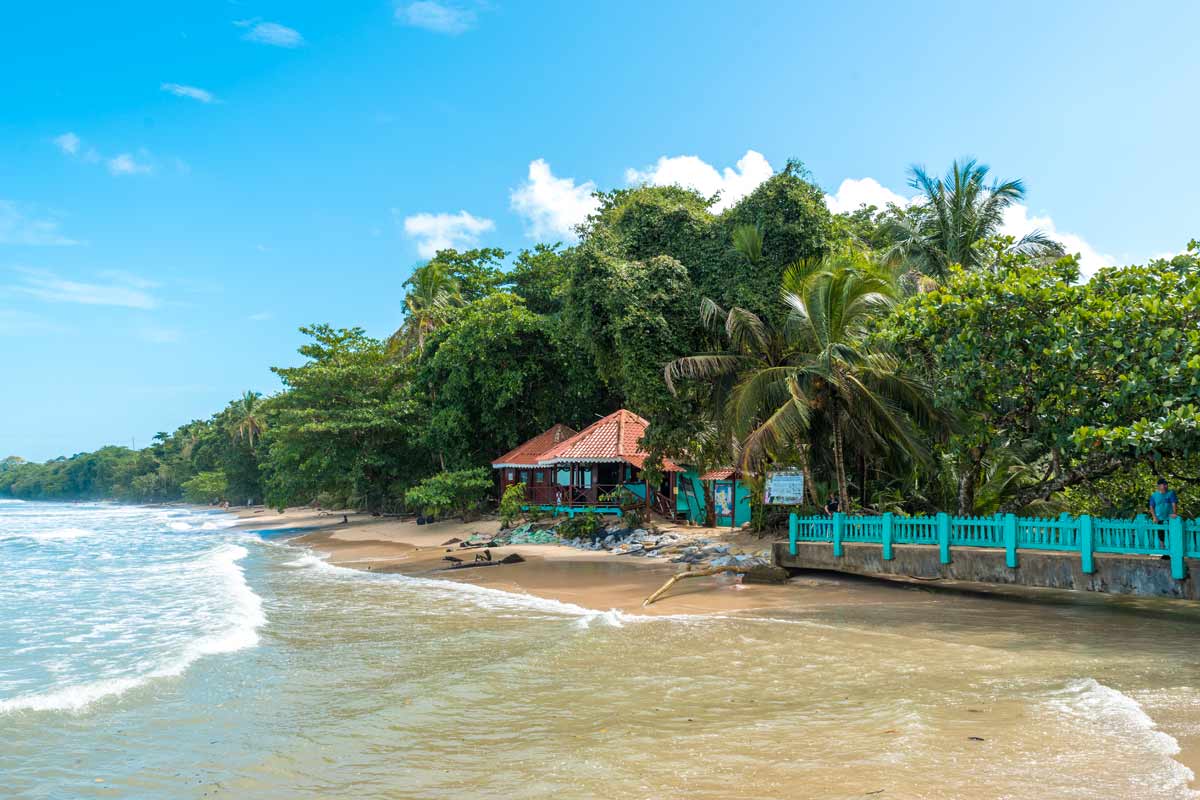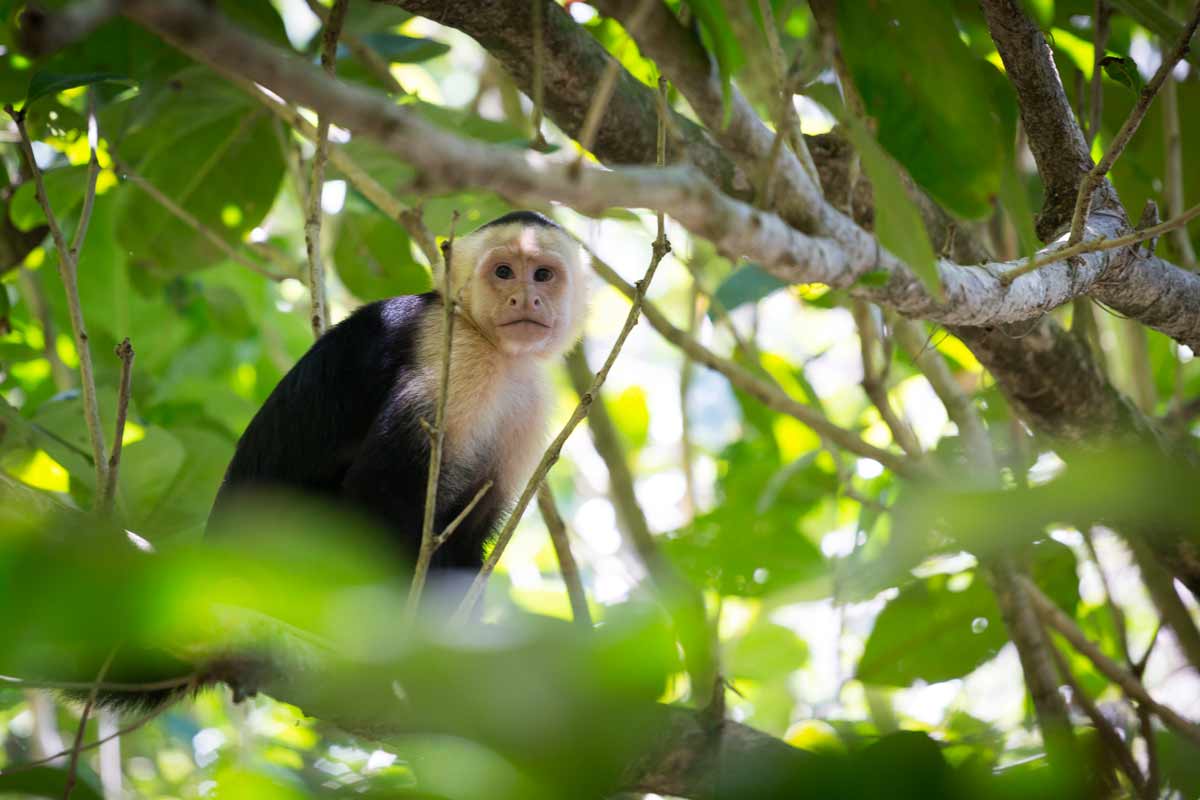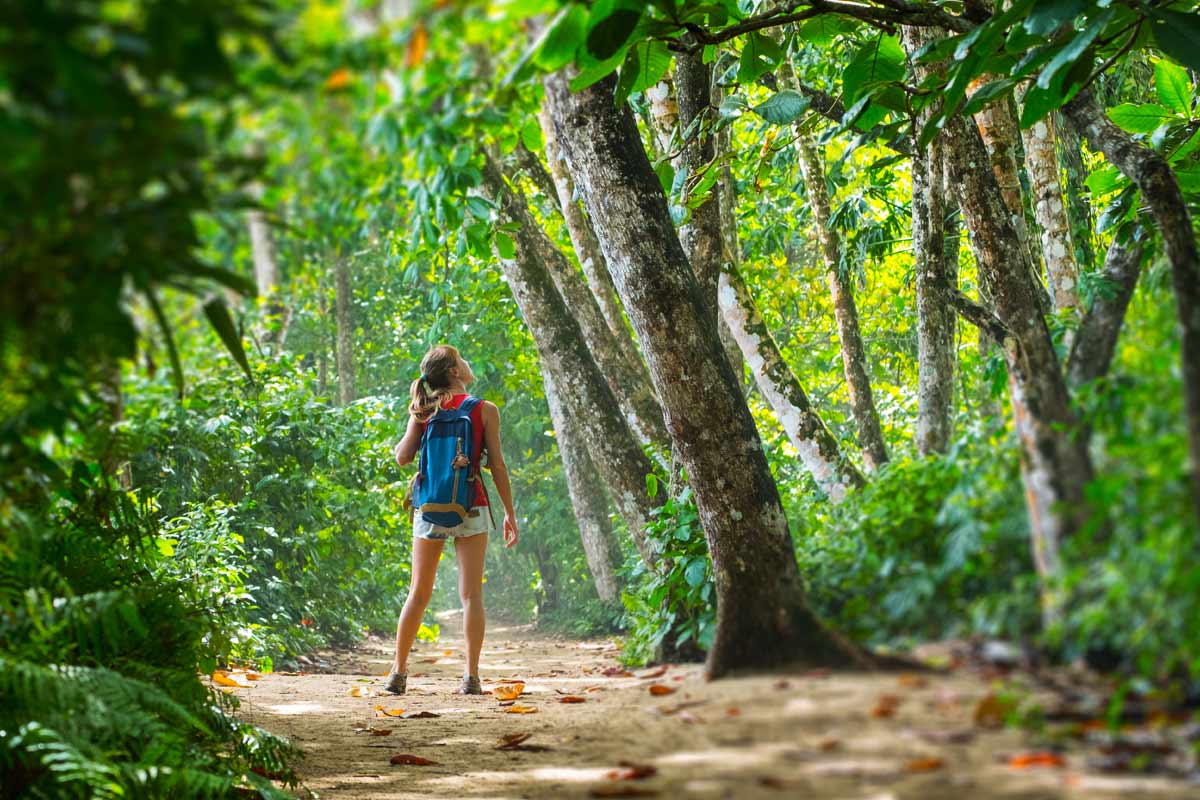Cahuita in Costa Rica, an immersion in the Caribbean atmosphere
Published on December 17, 2024
Costa Rica is known worldwide for the richness of its fauna and flora, and during a trip to Costa Rica, the most sought-after activities are hikes and green safaris that allow you to discover the wonders of this country. Among all its lush forests, the country has an incredible number of volcanoes: 116, of which 5 are active. Let us remember that Costa Rica is a very small country, the size of Brittany and Normandy, but it has a multitude of things to see!
My favorite during my stay in Costa Rica was the village of Cahuita. I would have liked to stay there longer and I'll tell you why!
The Caribbean charm of Cahuita in Costa Rica
Cahuita is a small seaside village located on the southern Caribbean coast. Its first inhabitants were Jamaican, but today many expatriates have also made it their home. The atmosphere is typically Caribbean: serene and relaxed. It's impossible to be stressed here, it's a real breath of fresh air.
The center of the village has become touristy. There are many hotels, small ones and larger ones on the outskirts. However, I recommend taking a room with a local (a kind Costa Rican grandmother in my case, who took great care of me). Many restaurants will allow travelers to taste local food, often spicy. The two main restaurants in the town center face each other and compete with colorful and unusual decoration! It was these colors that made me want to eat there and I was not disappointed!

Small paths leave from the center of town and will take you to the surrounding beaches, the "playa negra" on one side and "playa blanca" on the other, where everything is much calmer. In this town, there are very few cars because everything is accessible on foot or by bike. It is also very easy to rent a bike for the day directly on site.
Cahuita National Park: between beach and jungle
Most travelers come for the Cahuita National Park, open every day from 6 am to 5 pm. Entry is from the village of Cahuita. It is managed by a village volunteer who will give you a very nice map of the place and have you write your name and nationality in a big book.
The park is free (unlike many other national parks in Costa Rica), but it is highly recommended to make a donation of your choice before starting your excursion. It is thanks to these donations that the community can continue to take care of the forest.
The paradise beaches
The park is home to white sand beaches (playa blanca and puerto vargas) and its coconut trees leaning towards the sea. It is a paradisiacal place and renowned for its coral reef, unfortunately now threatened.
Accompanied by a local guide, you can go snorkeling and observe colorful fish. Swimming is allowed in certain areas, but be careful of the currents, sometimes strong, especially during the rainy season.

The tropical forest
The park's tropical forest is just as impressive with its lush flora and fauna. While enjoying the sounds of the jungle, the sound of crickets and the cries of howler monkeys, you may, for example, encounter squirrels, raccoons, toucans, sloths, communities of hermit crabs, crabs, as well as many lizards. Many of the animals are not shy, as they are used to visitors and therefore do not run away.
Attention: raccoons are real little rascals with visitors who have brought food or are eating on site. So keep your eyes open and above all do not leave anything behind or more than an arm's length away.
When to visit Cahuita National Park?
I advise you to visit the park early in the morning to optimize your chances of coming face to face with animals and to avoid the overwhelming heat of midday.
On a large part of the park (as well as on the last kilometers), the path is on small walkways so as not to walk in the mangrove. It is really very pleasant and you will enjoy the coolness of the undergrowth. There are also rain shelters about every 500 meters, very practical during the rainy season.
Personally, I went there at the beginning of June, so in the middle of the rainy season: I only had a few drops, which, I must say, were welcome given the heat of the region.

What activities to do in Cahuita?
Snorkeling in the park
It is a magnificent protected coral reef with more than 100 varieties of fish and 33 species of corals. The reef surrounds Playa Blanca and Puerto Vargas. You should know that this reef is highly threatened by pollution coming from river waters from banana plantations. In 1991, following an earthquake, the coast rose by one meter in some places on the Costa Rican coasts. Some corals found themselves exposed to the air and did not survive this natural disaster. For these reasons, if you want to go snorkeling in the coral area of Cahuita, you must be accompanied by a certified Costa Rican guide. The price is from $30 to $60, this money is partly used to preserve the reef but also the national park.
Surfing in Cahuita, why not?
Going to Costa Rica to surf is a real pleasure! As on almost all the country's beaches, it is possible to surf. But in Cahuita, the sea is not filled with surfers like everywhere else. There are board rental shops and surf lessons too. Be careful with the season, though, as the currents during the southern winter can be very strong!
Discover the region by bike
Cahuita is a very quiet town because very few cars drive in town. The inhabitants get around on foot or by bike and only take the car to go to another town and do their shopping. You can easily rent a bike to ride along the seaside paths or even to reach Puerto Viejo.
A website by
Customize your trips with Quotatrip and receive tailor-made offers directly in your inbox.
Discover a country